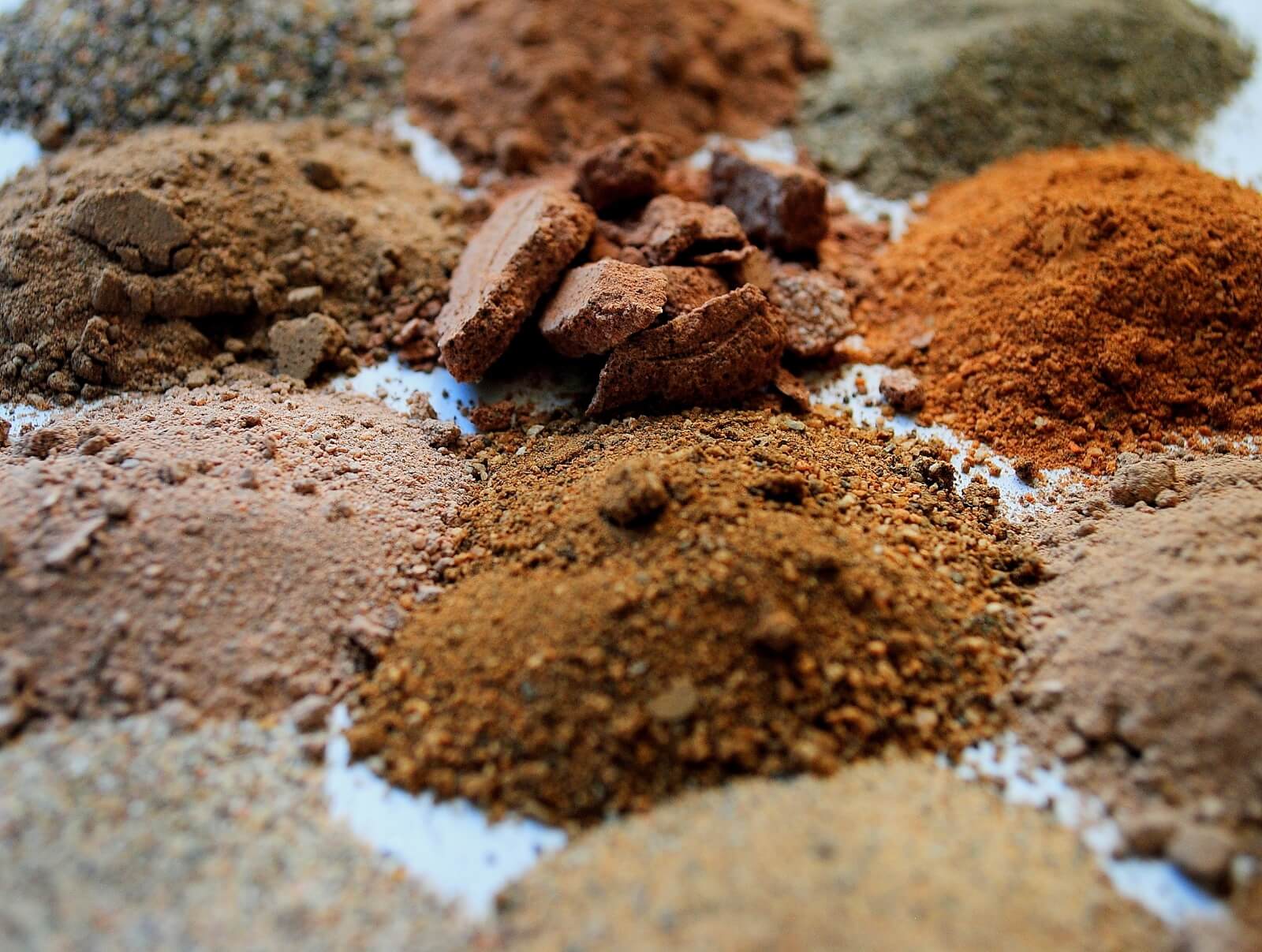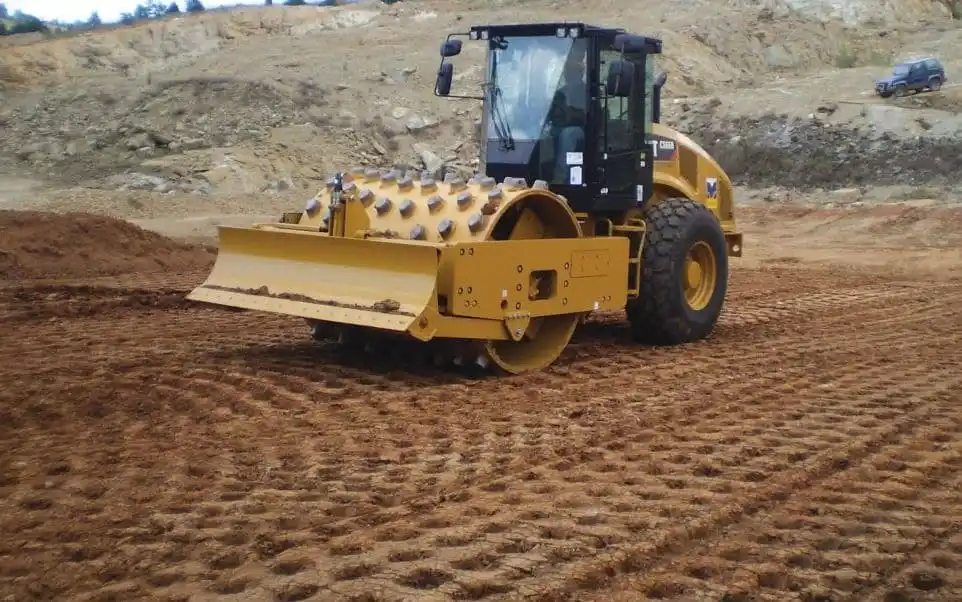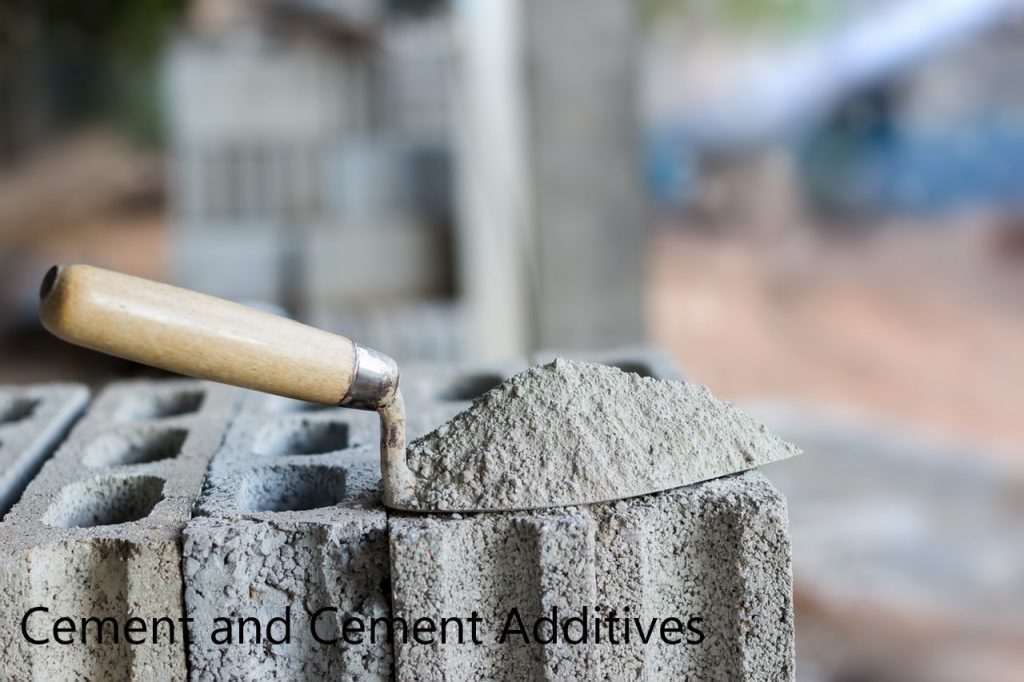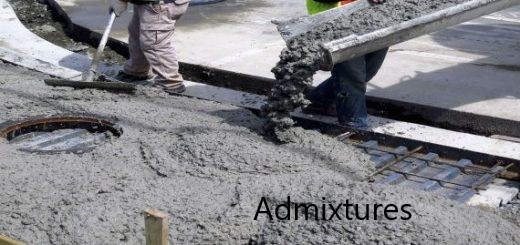The factors affecting soil compaction are discussed in detail in this article. We will be guiding you through the most important aspect that we need to consider in this regard.
Compaction of the soil is done most of the time in a construction project. Soil compaction is inevitable in road construction projects. In other constructions, soil compaction is done as required based on a construction project.
In general, the compaction of the soil is a reduction in the void ratio of the soil mass to increase its bearing capacity, stiffness, shear strength, etc.
There could be many factors or variables that affect the compaction of the soil. Out of those, the most important aspects are discussed in the article.
- Soil Type
- Soil Moisture Level
- Compaction Machine
- Thickness of Soil Layer
- Speed of Compaction
- Number of Passes
- Soil Gradation
Let’s discuss the factors affecting soil compaction in detail.
Soil Type
The type of soil has a direct impact on the degree of compaction. Some soils can be compacted easily with simple methods and some other soil compaction process is much more difficult.
When it comes to compaction, different soil types react differently. The soil classification is based on particle size, soil types, critical water content values, or Atterberg limits.

Construction applications prefer well-graded granular soils with a variety of particle sizes. They are simple to compact, preventing gaps by interlocking the particles and resisting moisture absorption, which enables the soil to withstand larger loads because it is a highly dense soil.
Due to the small range of particle sizes and lack of shear strength, which is not related to the non-interlocking particles because of their similar sizes, poorly graded soils are less suitable for construction applications.
Moisture Content
Soil compaction is greatly influenced by the water content of the soil. When the water content reaches its optimal level, the maximal dry density is possible.
The point at which the maximum dry density is reached is called the optimum moisture content.
Through laboratory testing, the optimum moisture content and the maximum dry density are identified, and these values are subsequently used at the site to monitor construction.
To bring the water content of the soil into the desirable range of optimum moisture content, water can be sprayed if the soil is too dry. On the other hand, excessively damp soils have their own set of issues. There are several strategies to handle recent rain, spring melting, or soils that retain moisture.
Machine Used for Compaction
There are different levels of machining that can be used for compaction. Depending on the nature of the machine, the degree of compaction could be varied. Therefore, as use of correct machines are factors affecting soil compaction, it shall be done with much care.
However, the required compaction can be achieved by every method following the relevant procedure such as the number of passes or the time spend for the compaction.
Further, depending on the nature of the machine used, the thickness of the soil layer to be compacted could vary.
Some of the common machines used in the construction are,
- Smooth Roller with Static Pressure
- Padfoot Taming Foot
- Rammer
- Plate Compactor

Pressure Applied to Soil
This is directly related to the machine used for the compaction. The pressure exerted on the soil highly influences the degree of compaction.
Higher the pressure, the higher the compaction on the soil. There are general norms in the construction when we do the compaction.
It says we used, one ton, 5-ton roller, etc. Sine these are very important factors affecting soil compaction, correct selection shall be made.
The thickness of the Soil Layer
To reach the necessary overall thickness, soil compaction can commonly require compacting multiple lifts or layers. Each lift depends on the one below it for stability, making each layer’s compaction crucial and subject to close observation.
Finding the balance between layers that are too little or too large requires determining the proper lift thickness. While a lift that is too tiny would incur additional expenditures and time, a lift that is too large could lead to inadequate compaction and jeopardize stability.
Depending on the parameters, lift thickness normally ranges from 200-350mm.
Speed of Roller
More space can be compressed with faster compaction rates. However, if compaction is carried out too quickly, the required deformations might not occur in enough time. In this situation, more passes would be necessary to finish the compaction process.
It is frequently thought that slower equipment traveling speeds are required, particularly when employing vibratory equipment. Vibratory equipment’s slower speeds enable more time for extra vibrations at a specific area, improving compaction.
The typical travel speed of compaction machinery is between 5 and 15 mph. Padfoot rollers travel at a speed of 5 to 15 mph, while smooth drum rollers normally move at 5 to 7 mph. Pneumatic roller’s speeds could be in the range of 15mph.
Number of Passes
The number of passes can be considered a highly influential factor affection compaction of the soil.
The equipment’s contact pressure and speed have a significant impact on the number of passes required to accomplish the appropriate compaction.
Other key factors are soil type, moisture content, lift thickness, and compactor type. In general, heavier equipment with a bigger contact area will require fewer passes over the same soil as lighter equipment with less contact, to attain the necessary density.
There comes a time, though, when adding weight or slowing down the motion will no longer be beneficial. It’s not always best to run a large, heavy compactor at a very slow pace.
The common practice is to do a test for a particular area to determine the compaction. With that, we can determine the required number of passes.
Soil gradation
Generally, the soil can be well-graded or uniformly graded.
The well-graded soils are compatible and uniformly graded are not well compacted. As we are aware, well-graded soil has a low void ratio, on the other hand, single-graded soil has a higher void ratio.
In addition, when compacting the soil rearrangement of the soil skeleton effectively reduce the void ratio significantly. However, in single-graded soil, the degree of compaction is comparatively low.


